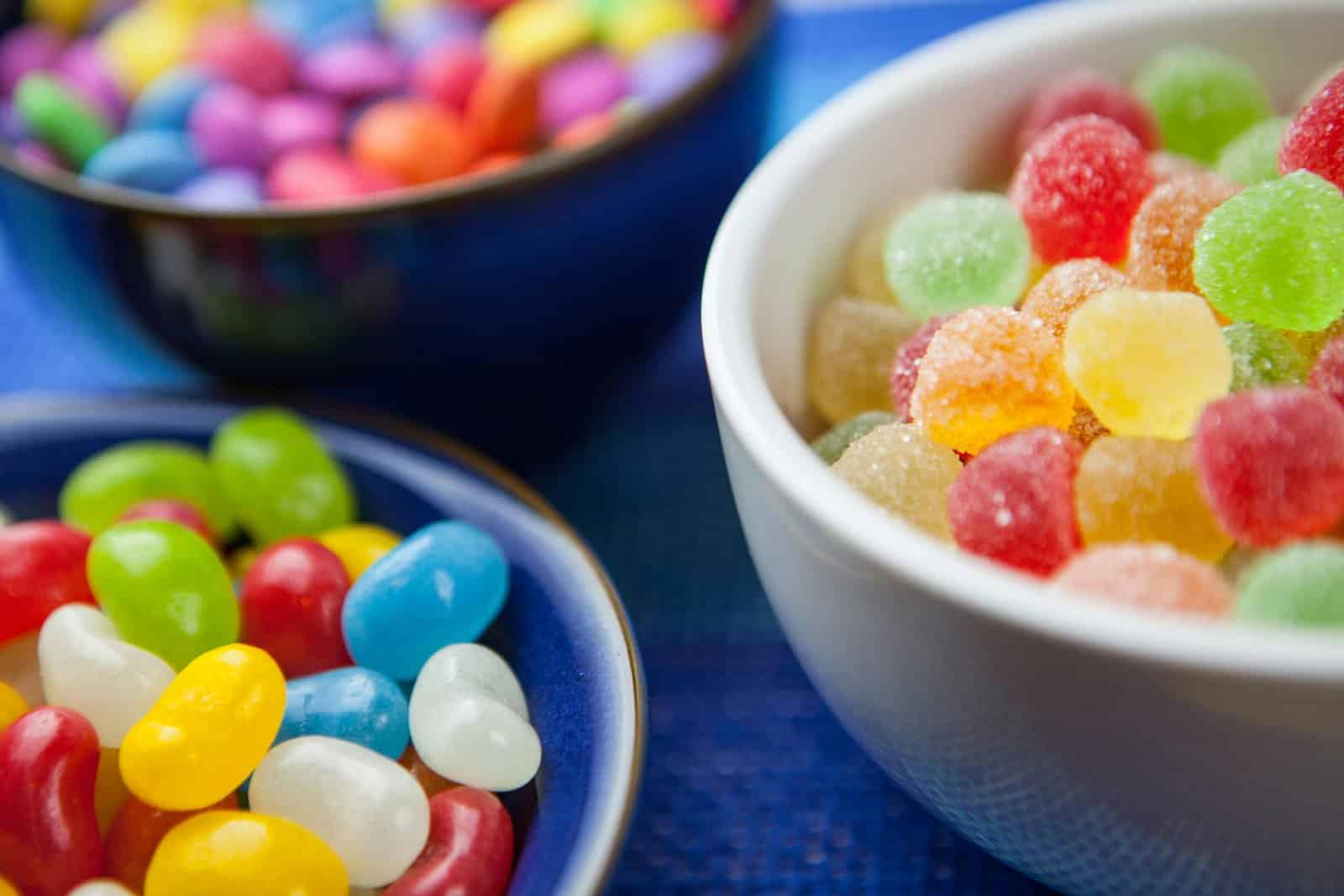Europe Won’t Touch These 17 American Foods
Step right up, step right up! Have you ever wandered down the back alleys of American cuisine, where the shadows whisper secrets of flavors untold and banned abroad? I’ve got a suitcase here, brimming with delicacies so uniquely American, Europe turned up its nose and said, “No, thank you.”
These are the foods that walk the fine line between deliciously daring and… well, let’s just say “legally dubious” on the other side of the pond. Curious to take a peek inside, maybe even taste what the U.S. has to offer but Europe won’t touch with a ten-foot pole?
1. Chlorinated Chicken

Ah, the pride of American poultry, bathed in chlorine, no less! Europe says it compromises food safety and animal welfare. But let me ask you, what’s a little chemical between feathers? It’s the American way of saying, “We like our chickens clean, inside and out.”
2. Hormone-Boosted Beef

Ever wonder how American cows get so big, so fast? Hormones, my friend! While Europe bans these bulked-up bovines over health concerns, we in the states prefer our steak super-sized. A little growth hormone never hurt anyone… as far as you know.
3. Genetically Modified Organisms (GMOs)

Europeans might shy away from genetically engineered crops, but here, we embrace science to the fullest! Our corn? Modified. Our soy? Enhanced. Our suitcase? Overflowing with the stuff. Dare to taste the future of agriculture?
4. Brominated Vegetable Oil (BVO)

Ever fancied a soft drink that doubles as a flame retardant? BVO is your answer, banned in Europe but flowing freely in many an American beverage. It’s what gives that citrusy soda its je ne sais quoi… and possibly more.
5. Artificial Dyes

Red #40, Yellow #5, and Blue #1 might sound like winners of a dubious lottery, but they’re actually the reason American candies look so vibrant. While Europe opts for natural colors, we Americans like our sweets to be seen from space. Interested in a taste of the rainbow, as nature never intended?
6. Ractopamine in Pork

Pigs fed with ractopamine grow faster and leaner, a fact not appreciated by European standards. Here, efficiency is king. Why wait for nature when you can accelerate growth and beat everyone to the market?
7. High Fructose Corn Syrup

Why use sugar when you can have something so sweet, it’s almost science fiction? Europe might cut it out for health reasons, but in America, it’s in everything from bread to soda. It’s the sweet life, in concentrated form!
8. Azodicarbonamide in Bread

Ah, the magic ingredient in your yoga mat and… your bread! Europe might ban this dough conditioner, but here, we believe in flexibility in our exercise and our sandwiches. Who wouldn’t want a side of elasticity with their lunch?
9. Potassium Bromate in Baked Goods

Potassium bromate gives bread that extra fluffiness and a dash of controversy, banned in Europe for being a possible carcinogen. But in the U.S., we like our bread like we like our risks: big and fluffy. Care for a slice of daring?
10. Arsenic in Chicken Feed

A touch of arsenic can make chickens grow faster, and who are we to argue with efficiency? Europe may disagree for minor concerns like health risks, but we’re all about getting to the meat of the matter, literally.
11. Olestra in Fat-Free Snacks

Remember Olestra? Fat-free but, let’s say, with some “lively” gastrointestinal side effects. Banned in many places for being too good to be true, in America, we’re all about having our cake and eating it too, consequences be damned.
12. Butylated Hydroxyanisole (BHA) and Butylated Hydroxytoluene (BHT)

These preservatives keep your snacks fresh longer, though Europe might argue they’re fresh with potential health risks. Here, we prioritize longevity—in our pantry. Who needs natural antioxidants when you have chemistry?
13. Farm-Raised Salmon Fed With Synthetic Astaxanthin

European salmon swim freely, dining on crustaceans, but our American salmon? They get a boost from synthetic astaxanthin to pinken up, because why wait for nature when you can engineer beauty directly?
14. Acesulfame Potassium

This sweetener is around 200 times sweeter than sugar and used liberally in American diet foods and drinks. Europe looks askance at it for safety reasons, but here, we’re all about sweetness, no matter the source. Fancy a guilt-free sip?
15. Titanium Dioxide in Candy

Europe might have banned this whitening agent found in paints and sunscreens, but in America, we believe even our candies deserve to be as bright and white as our smiles. Who said you can’t have your art supplies and eat them too?
16. Propyl Paraben in Food

Found in everything from tortillas to beer, propyl paraben extends shelf life, though Europe questions its impact on health. In the U.S., we’re all about preservation, be it our food or our youth. Dare to dine on the side of eternity?
17. Pink Slime in Beef

Lean, finely textured beef, affectionately known as “pink slime,” was too much for Europe’s stomach. But here, we see it as innovation in meat production. Why waste when you can enjoy every last bit, am I right?
One Last Offer You Can’t Refuse

And there we have it, friends, 17 examples of American culinary ingenuity so bold, so groundbreaking, that Europe simply couldn’t stomach them. This suitcase is packed with the tastes of rebellion against the ordinary, flavors so audacious they’ve been shown the door in more refined circles. But here, we embrace the wild side of gastronomy. Are you brave enough to explore what’s been forbidden? Or will you stick to the straight and narrow, missing out on the taste of true freedom? The choice, my daring diners, is yours.
Not All Tea Is Good for You: List of Teas to Avoid and to Stick To

Not all teas are healthy and some might actually harm your health with poor ingredients. But how can you tell the good from the bad? This guide aims to help you make informed choices without turning you into a tea expert overnight. Not All Tea Is Good for You: List of Teas to Avoid and to Stick To
America’s Spiritual Revolution: Turning Away from Christianity to Embrace Alternatives

As church attendance declines, Americans are exploring diverse spiritual paths, from stargazing druids to unconventional deities like Wi-Fi gods and extraterrestrials. Explore the quirky and sometimes controversial new religions capturing attention as people seek meaning beyond traditional Christianity. America’s Spiritual Revolution: Turning Away from Christianity to Embrace Alternatives
25 Must-Try Global Delicacies

From Bangkok’s bustling streets to Parisian cafes, every corner of the world offers something special for your taste buds. And you don’t have to travel far; even in the USA, you can find a world of flavors. Here are 25 global delicacies every foodie should try, including some local favorites! 25 Must-Try Global Delicacies
The post Europe Won’t Touch These 17 American Foods first appeared on Hello Positive Mindset.
Featured Image Credit: Shutterstock / Nicoleta Ionescu.
For transparency, this content was partly developed with AI assistance and carefully curated by an experienced editor to be informative and ensure accuracy.






